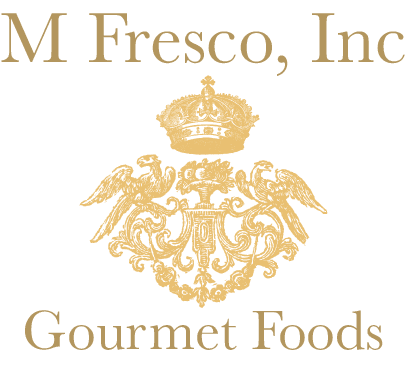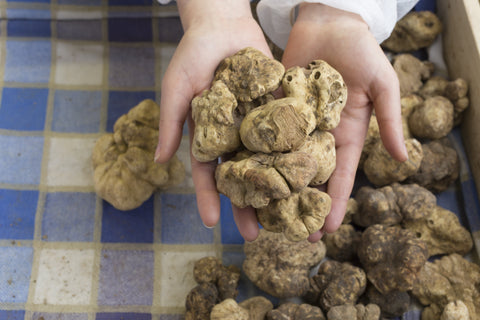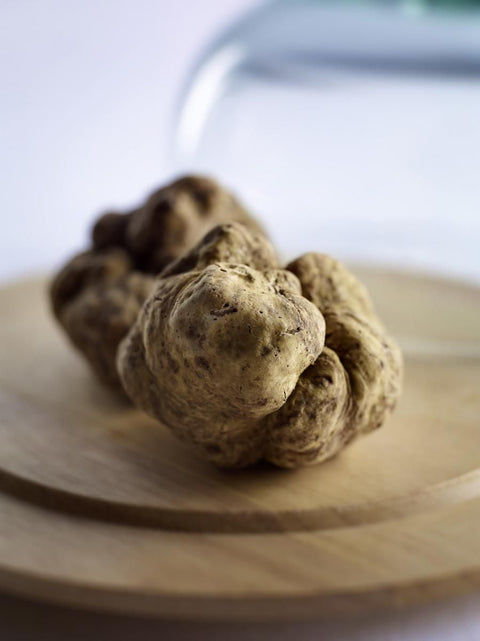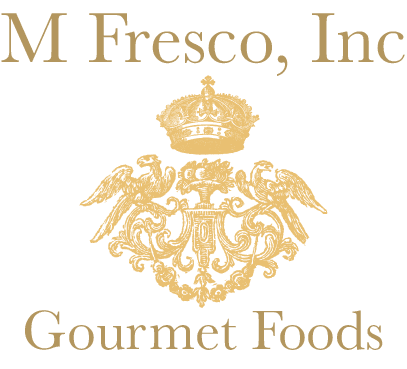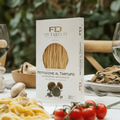The truffle is a valuable and expensive product, it is worthwhile so choose it well at the time of purchase.
The best is the fresh, firm one. compact, rounded, with a smooth, mature surface at the right point, intensely perfumed, with aroma and morphological characteristics typical of the species of membership. Moreover, the truffle must be free of parasites and of foreign bodies and must not have rotting parts or damaged by frost. Sensory analysis is a discipline that evokes, measures analyze and interprets reactions with respect to characteristics of food perceived through the senses of sight, smell, taste, touch, and hearing. It is a scientific discipline regulated by precise principles and implemented through well-working methods and protocols defined.
Truffle evaluation involves the use of three of our five senses: sight, touch and smell and so it is important to make a careful visual, tactile and olfactory.
There are specialized institutes and centers that are engaged in the search for the constituents that determine the perceivable scent of the truffle and have discovered dozens of different compounds: alcohols, aldehydes, esters, ketones, and sulfur elements. It is worth considering that they are above all the latter to characterize the extraordinary olfactory profile.
In truffles, there are also steroid pheromones, to whom is attributed a strong subliminal recall.
The visual analysis consists of an evaluation of the integrity of the fruiting body.
Let's take the truffle in hand and watch it carefully
to assess its quality Morphological.
The ideal would be to be able to slight cut on the rind (peridium) per lay the meat
(gleba) below so that you can observe the color, index of the degree of maturation.
The presence of some slight scratches, caused by the dog's abrade, it can be useful for this check when it is not allowed the cut.
An intact truffle deteriorates much more slowly.
The presence of soil residues on the truffle can hide impurities and defects. This determines the appraisal of the attraction, understood as a sensation strictly beauty
and personal information aesthetic pleasantness of the
specimen.
Tactile evaluation involves analysis of truffle consistency. Bearing the truffle between the thumb and the index exerting slight pressure, we evaluate consistency: it must be turgid and compact
A good truffle should give just the feeling of elasticity, not appearing decidedly hard, but neither excessively elastic. If it turns out too elastic or soft, it could be excessively mature, rotting or damaged by frost; if instead turn out to be too hard, it could be still immature or consistency woody, a consequence of drought.
Olfactory analysis The last phase is the olfactory one: we bring the truffle close to the nose and determine its intensity and olfactory complexity.
The aroma of truffles is made up of a range of simple sensations, of varying intensity and amplitude. It is this unique and attractive fragrance that has led to its absolute culinary success. This is undoubtedly the most important aspect as the truffle is mainly perfume and each species has its own.
